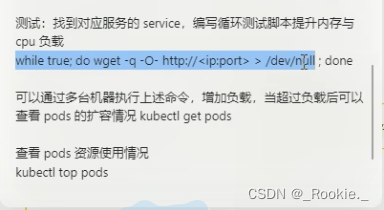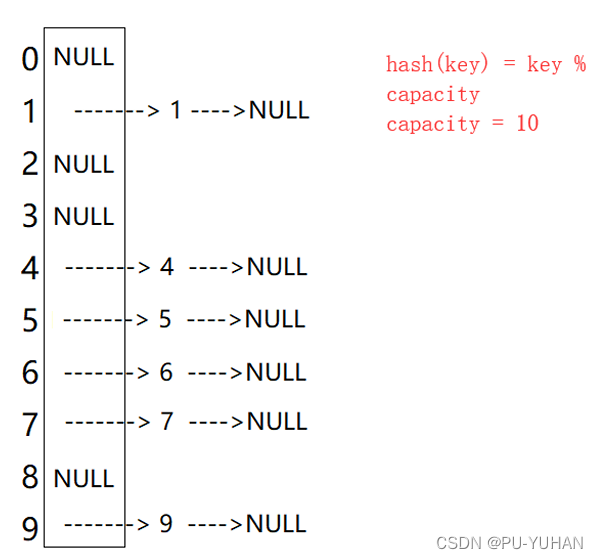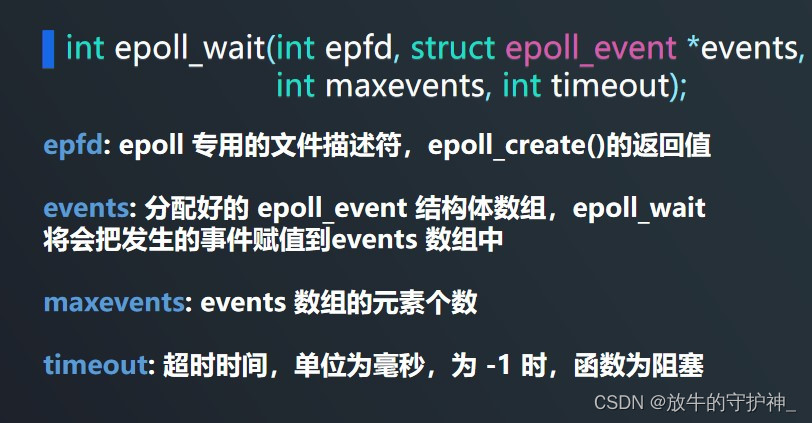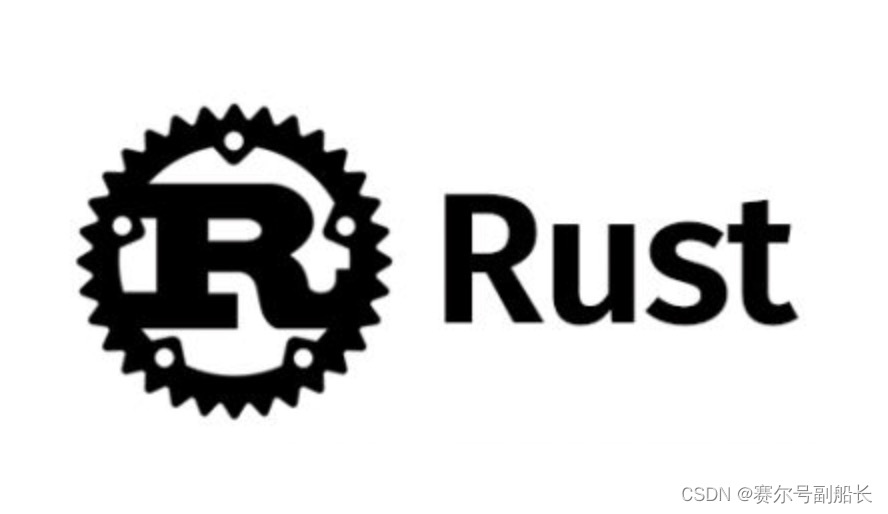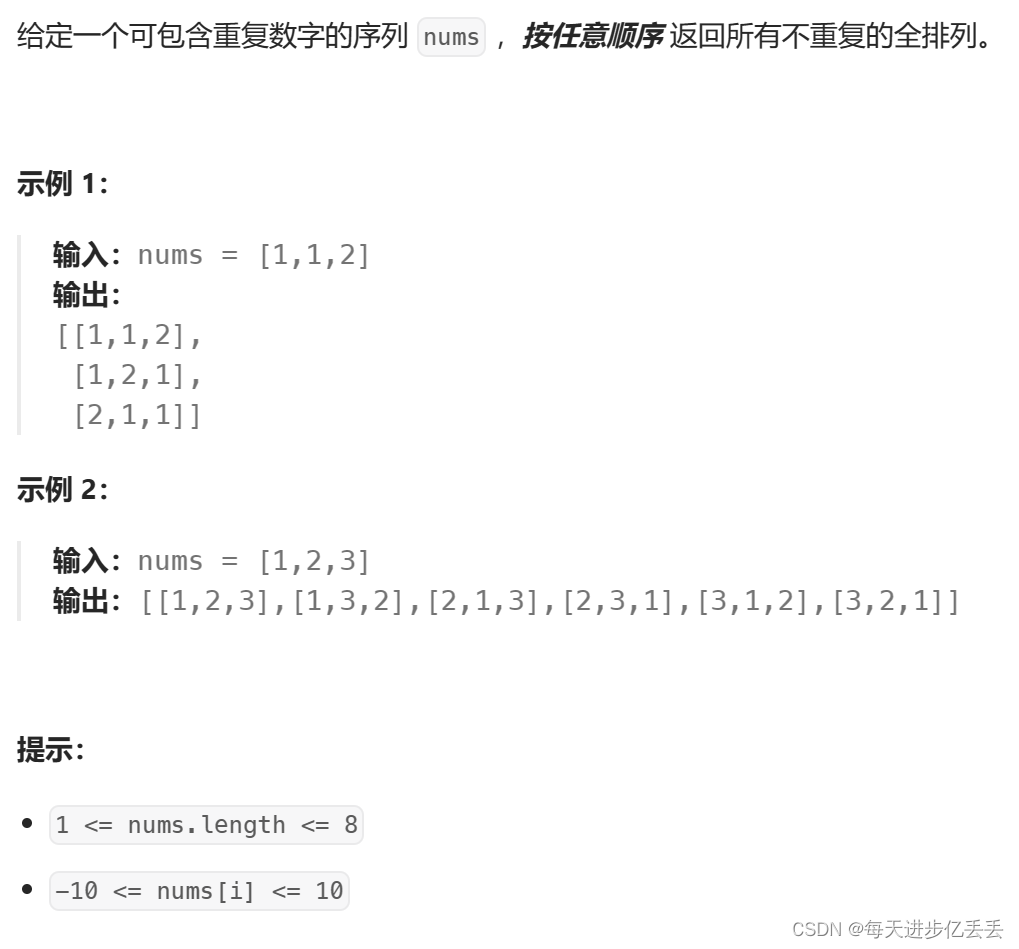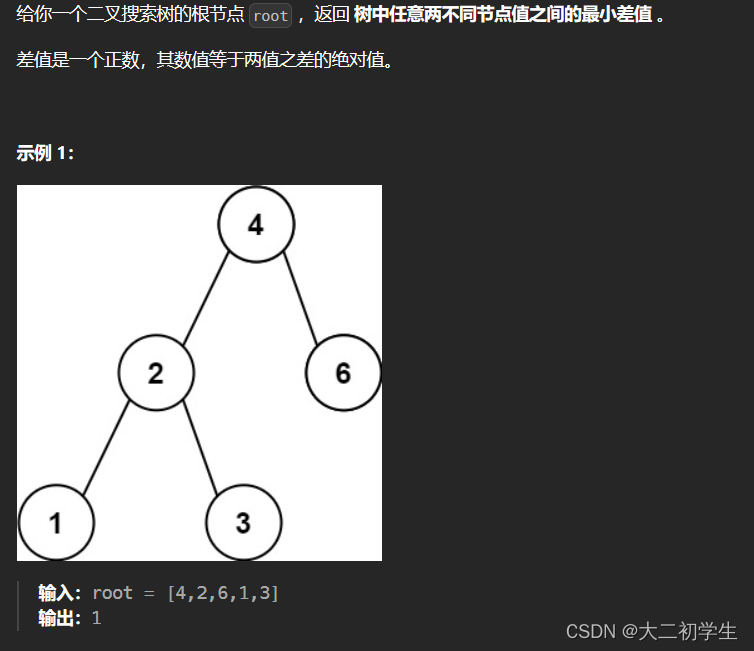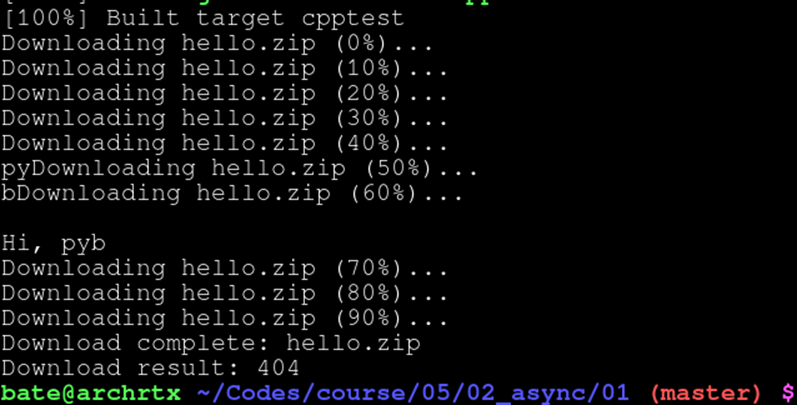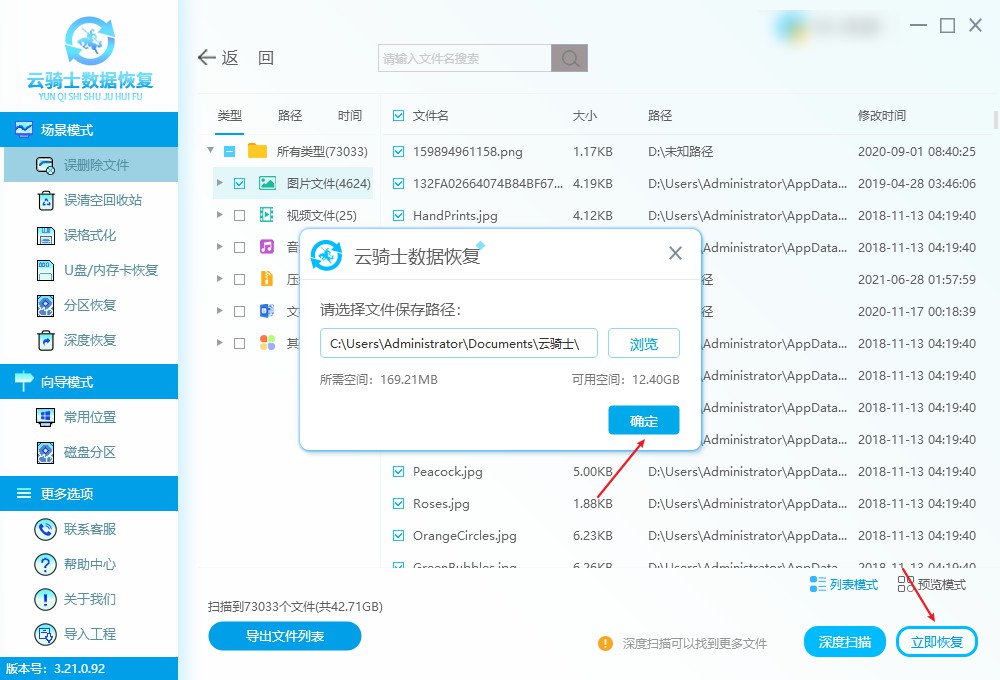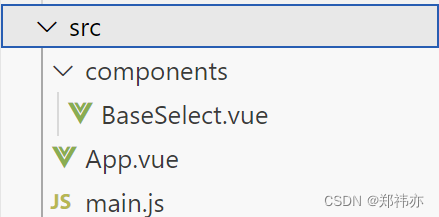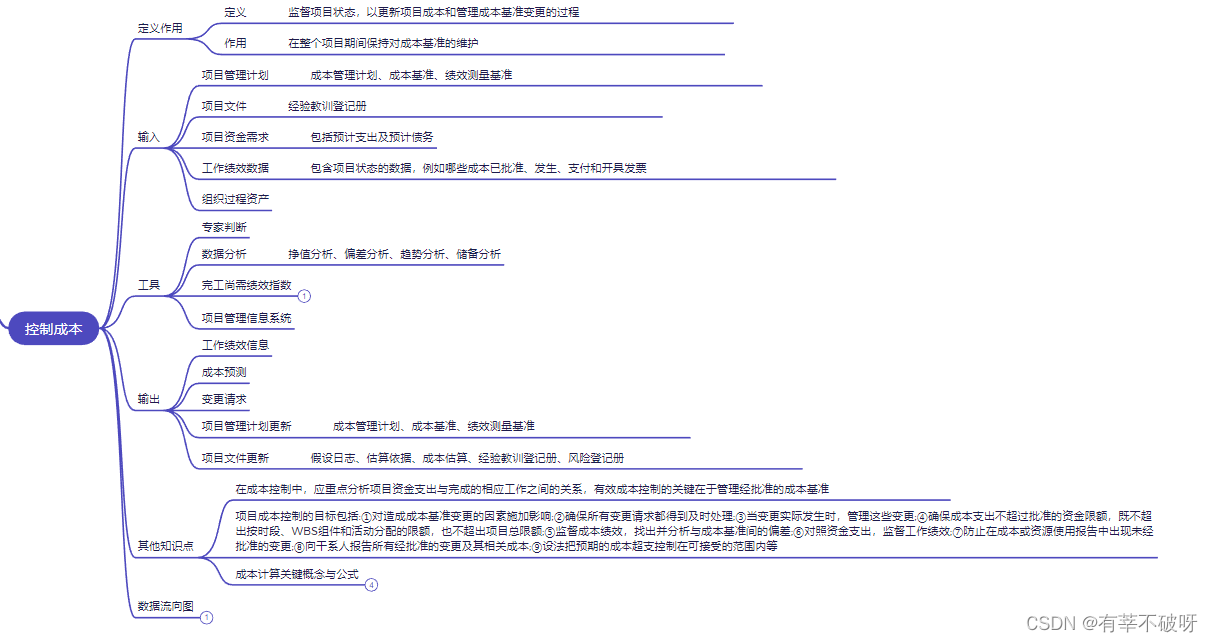kubectl exec:
kubectl exec -it pod-name -c container-name -- /bin/shkubectl run



通过一个 deployment来 演示
apiVersion: apps/v1
kind: Deployment
metadata:
name: deploy
labels:
app: deploy
spec:
replicas: 1
selector:
matchLabels:
app: deploy-pod
template:
metadata:
name: deploy-pod
labels:
app: deploy-pod
spec:
containers:
- name: deploy-con
image: nginx
command: ["/bin/sh"]
args: ["-c", "while true;do wget -q -O http:127.0.0.1 > /dev/null; done"]
livenessProbe:
# startupProbe:
# readinessProbe:
httpGet:
path: /index.html
port: 80
successThreshold: 1
failureThreshold: 3
periodSeconds: 3
timeoutSeconds: 5
env:
- name: ARGS
value: hhhhh
resources:
requests:
cpu: 100m
memory: 128Mi
limits:
cpu: 200m
memory: 128Mi
volumeMounts:
# - name: my-volumes
# mountPath: /app
- name: my-volumes2
mountPath: /app2
volumes:
- name: my-volumes2
hostPath:
path: /app2
# volumeClaimTemplates:
# - metadata:
# name: my-volumes
# spec:
# accessModes: ['ReadWriteOnce']
# resources:
# requests:
# storage: '200Mi'

最小2个node 最大5个
spec.containers[0].resources
requests: min
limits: max

执行:
为
kubectl autoscale deploy deploy --cpu-percent=20 --min=2 --max=5
my-deploy 创建 HPA


kubectl top 查看 pod 或 node 的占用指标 (metrics)


表示 pod一旦创建 ,就一直 死循环请求 nginx页面,造成 cpu 升高,让 hpa 自动扩展 pod
数量

超过所限制的 100m 后自动 扩展 pod1 数量




当 cpu 降低后 ,hpa 会将 pod 数量维持在最 低的数量

kubectl exec -it pod-name -c container-name --/bin/bash 执行这个 pod里面的容器 curl 127.0.0.1查看nginx

但是 如果对 该pod 直接 执行 curl 则无法访问
原因是:

创建一个 service.yaml
重点是kind:service里面 selector 没有 matchLabels 直接写 labels
要和上面的 pod模版里面的 labels 对应上,这样可以 通过 service 实现服务发现
直接 访问 service 的ip 就可访问 pod的 服务,而不用关心pod的ip地址,流量可能打到 任何和 service 绑定的 pod 上面。
类式docker 的 【routing mesh 】思想,
apiVersion: v1
kind: Service
metadata:
name: deploy-service
labels:
app: deploy-service
spec:
ports:
- port: 80
targetPort: 80
name: deploy-service-pod
selector:
app: deploy-pod
type: NodePort查看 service 与之关联的 pod

这里我用的 是minikube 可以,将 minikube内部ip 和 主机ip 打通
minikube service service-name 

现在 通过 一个死循环的方式 一直 请求这个 servive,让pod的 cpu升高 ,
